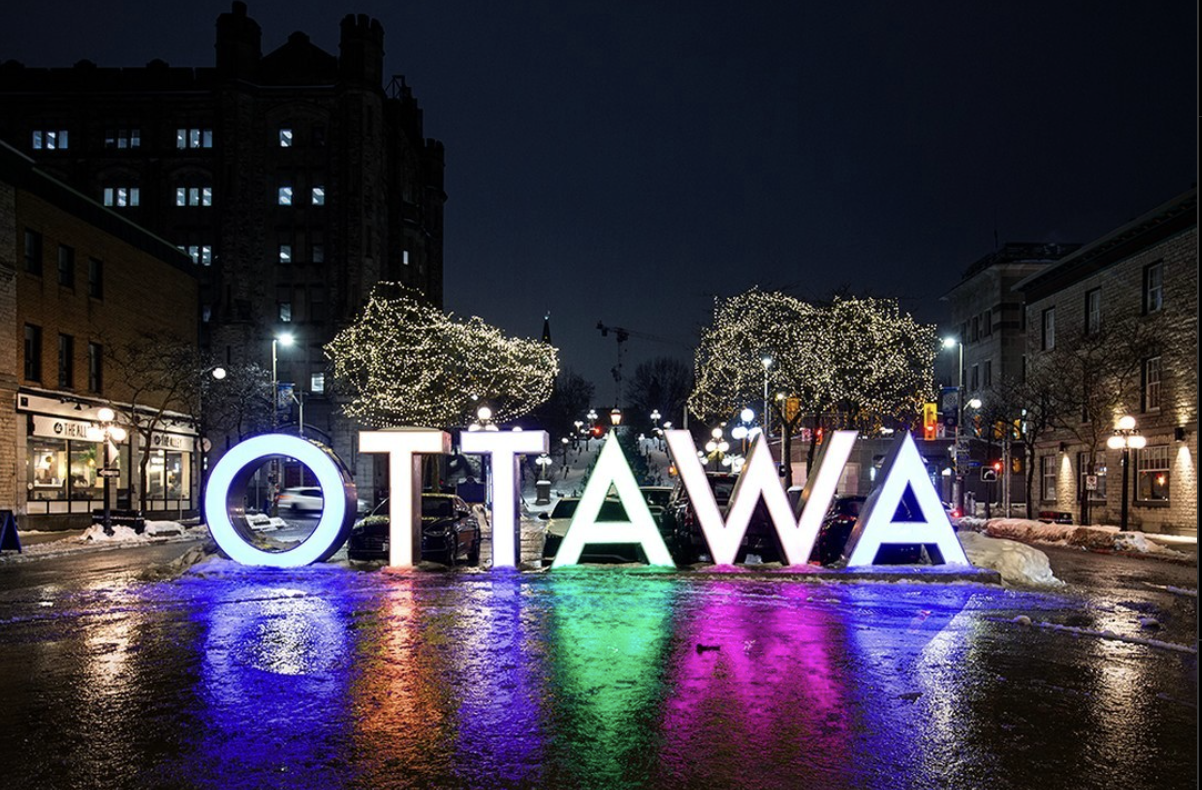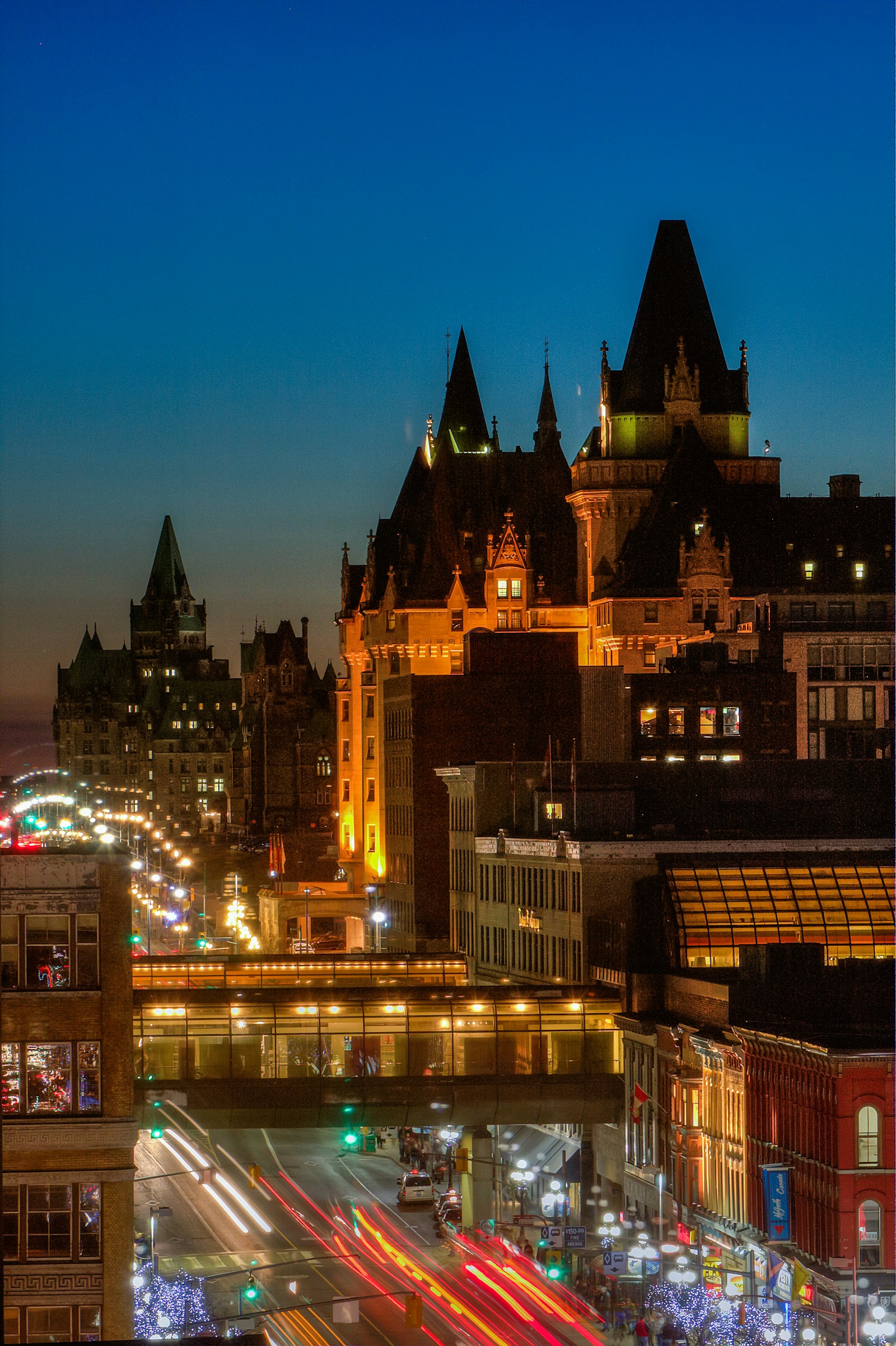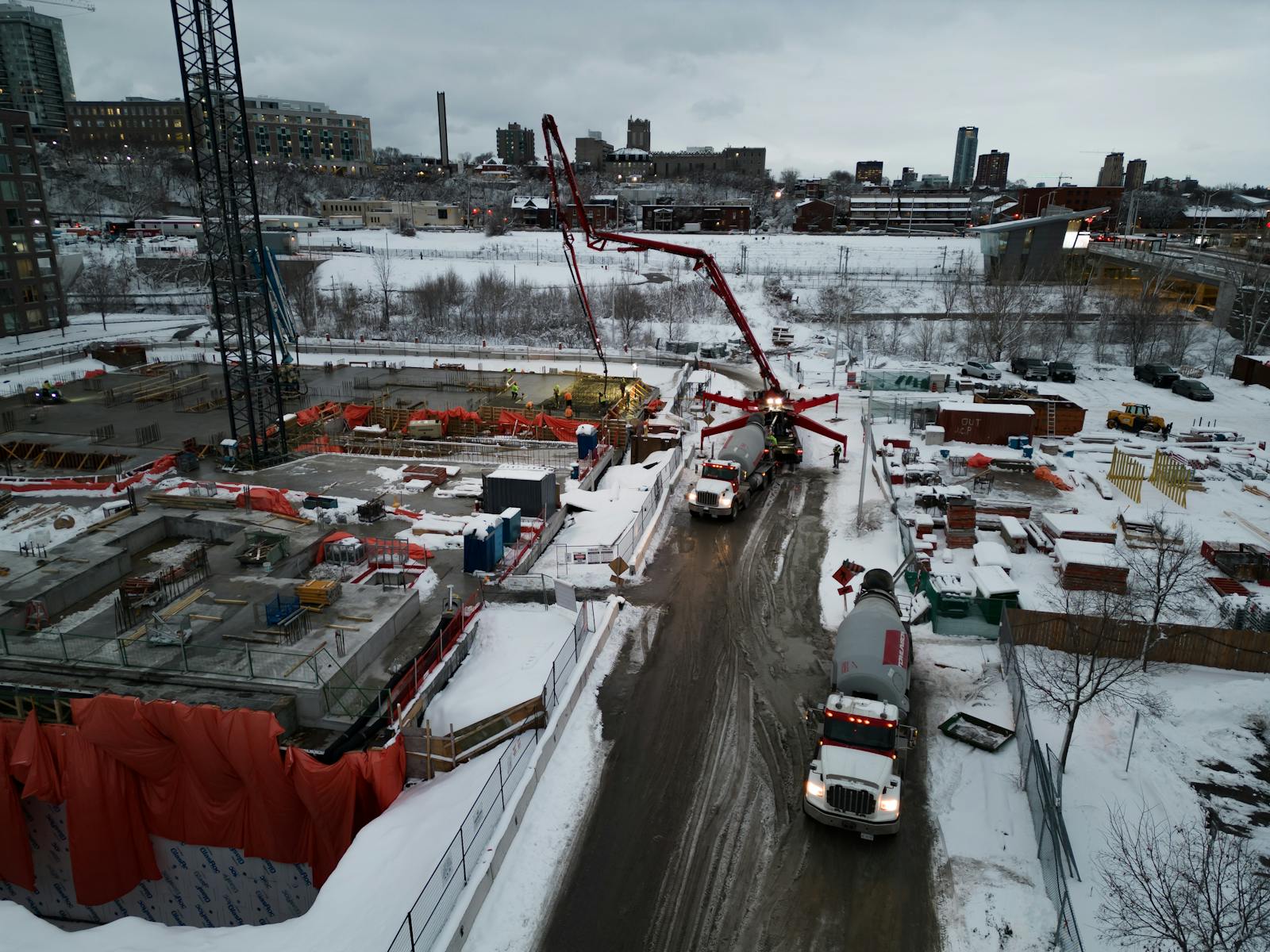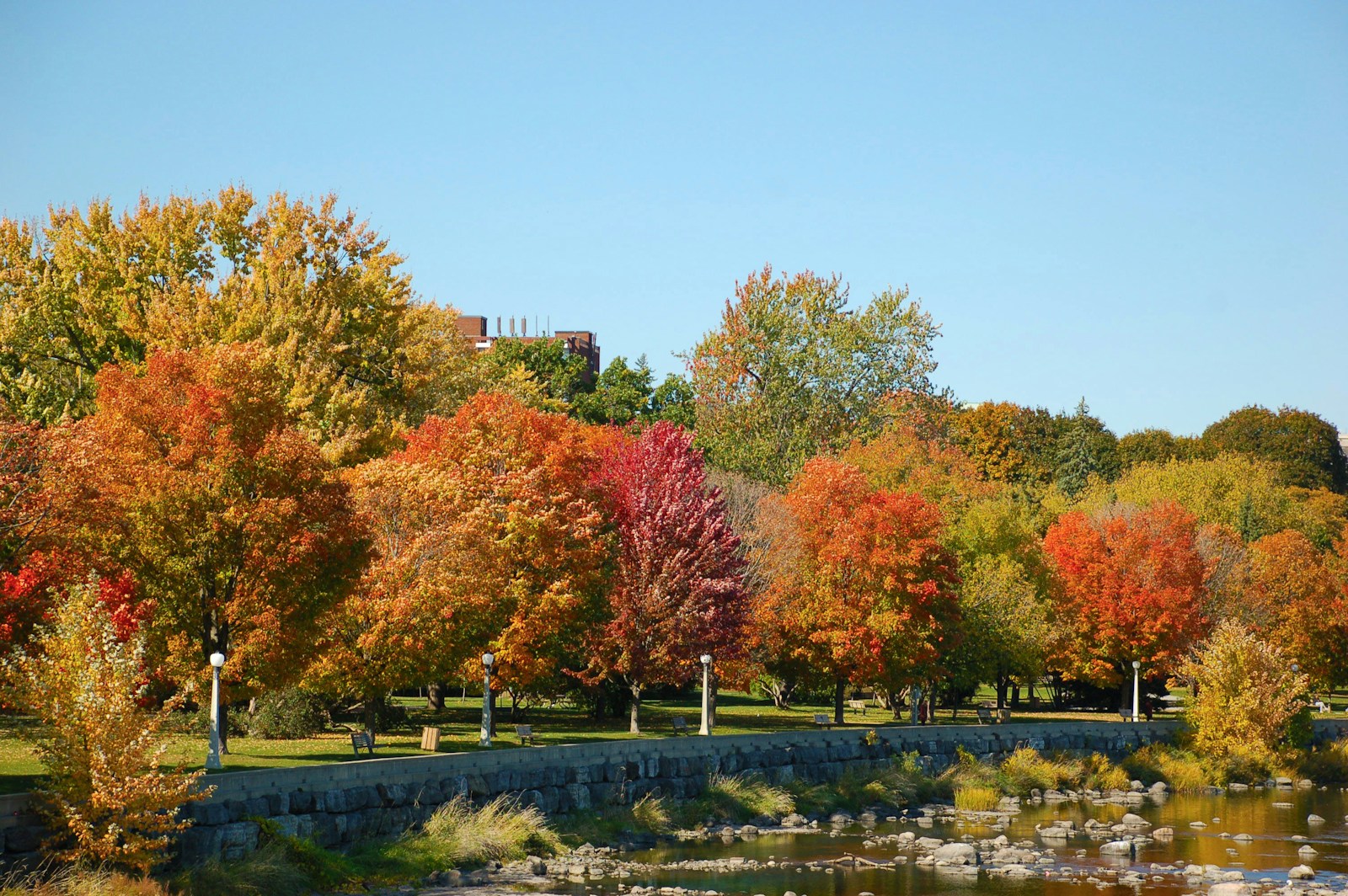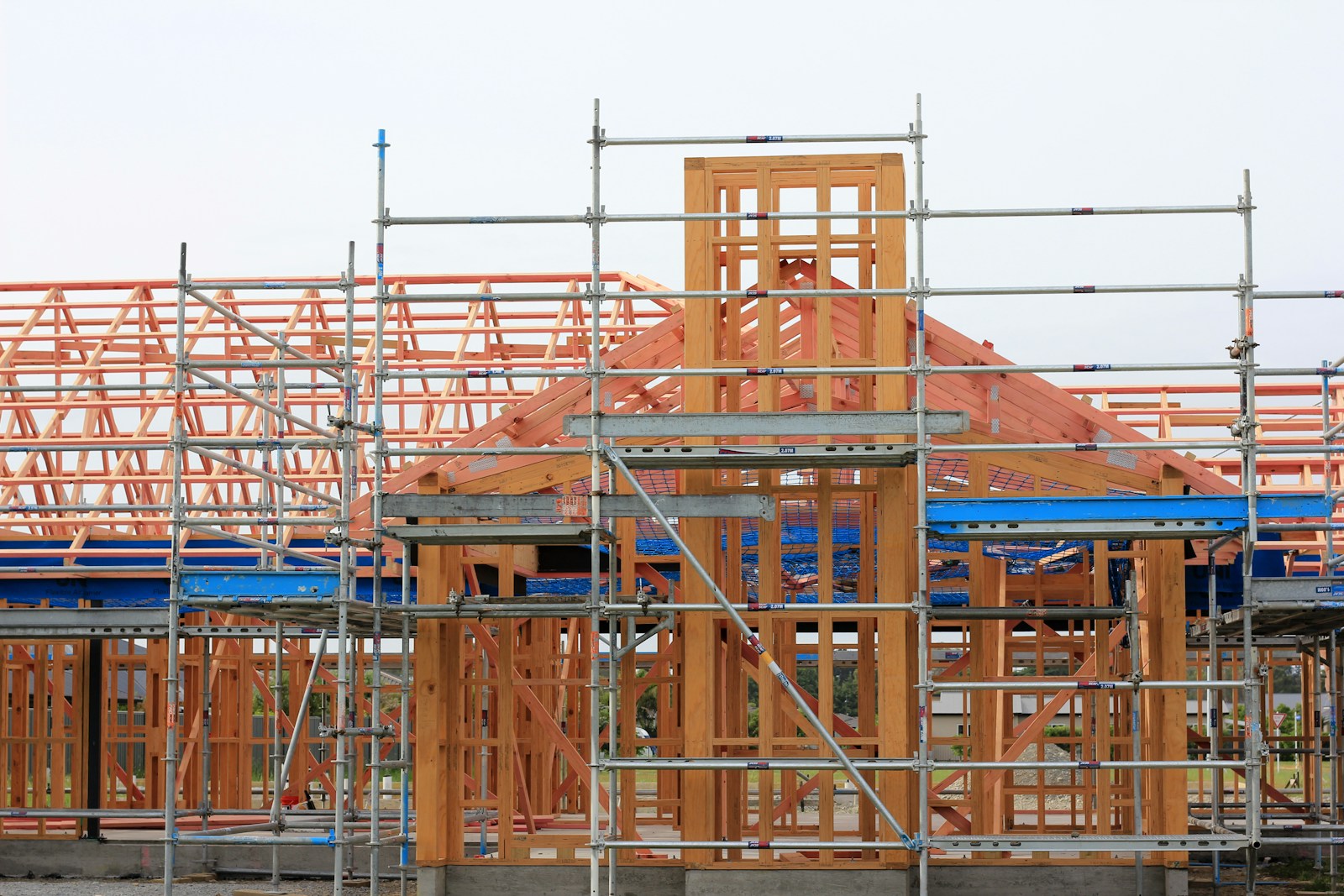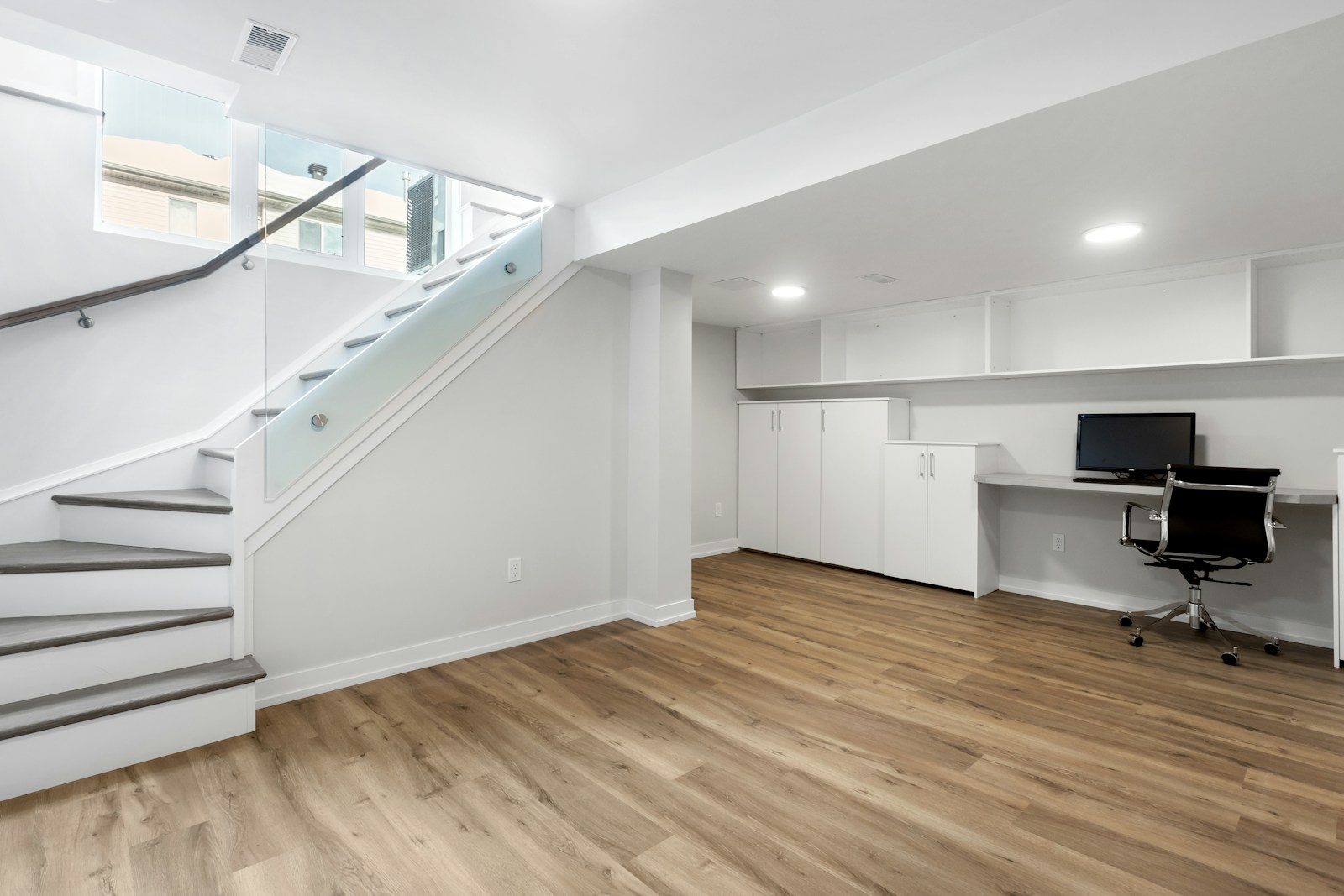Introduction: A Different Side of Ottawa You Need to See
When most people think of Ottawa neighbourhoods, they picture popular areas like The Glebe, Westboro, or Kanata. But what if the city’s best value, strongest communities, and most charming pockets are actually found in places most residents never consider?
This guide highlights Ottawa’s hidden neighbourhood gems you’ve probably overlooked—areas that combine affordability, lifestyle, convenience, and quiet charm in ways that might surprise you.
Whether you're a homebuyer, renter, or simply curious about Ottawa’s lesser-known corners, this article showcases local insights you won’t find on generic real estate lists.
What Makes a Neighbourhood a “Hidden Gem”?
Before we dive in, here’s what qualifies a neighbourhood as a true “hidden gem”—in Ottawa or anywhere else.
Affordability & Value
These areas offer more house, more space, or better amenities without the high price tags of trendier neighbourhoods.
Lifestyle, Walkability & Local Character
Hidden gems often have parks, local shops, trails, good schools, or strong community vibes—just without the hype.
Community Strength & Amenities
Neighbourhoods where people know each other, kids play outside, and local businesses thrive always stand out.
Hidden Gem #1: Carlington – The Underrated Urban Pocket
Carlington is one of Ottawa’s most overlooked central neighbourhoods, offering a rare mix of convenience, nature, and affordability.
Why Locals Love It
Carlington sits close to the Civic Hospital, Experimental Farm, and major roadways. Despite its central location, the streets feel quiet and community-focused.
Housing & Affordability
Carlington offers some of the best pricing for detached homes near the city core. Bungalows and war-time homes attract:
First-time buyers
Young families
Renovators looking for value
Carlington’s Rising Popularity
With new developments and more families moving in, Carlington is transitioning from overlooked to up-and-coming—yet still remains budget-friendly compared to nearby neighbourhoods.
Hidden Gem #2: Riverview Park – Nature-Filled, Quiet & Central
Riverview Park offers a suburban feel while being only minutes from the city centre.
Green Spaces & Trails
With access to the Rideau River, parks, and multi-use trails, Riverview Park is ideal for nature lovers.
Schools & Family Appeal
Top-tier schools and family-friendly streets make it a quiet favourite among long-time residents.
Why It’s Still Under the Radar
Despite having everything families want, Riverview Park rarely gets highlighted, simply because it sits between more famous neighbours like Alta Vista and Old Ottawa East.
Hidden Gem #3: Manor Park – Old-World Charm Meets Modern Convenience
Manor Park blends historic charm with upscale convenience.
A Scenic, Community-Focused Neighbourhood
Tree-lined streets, cottage-style homes, and parks make it feel as cozy as a small town—right inside the city.
Nearby Amenities & Lifestyle
Minutes from Beechwood Village and New Edinburgh, residents enjoy boutique shops, trendy cafés, and riverside paths.
Housing Options
From charming older homes to modern builds, Manor Park offers excellent variety without the high prices of Rockcliffe or Lindenlea.
Hidden Gem #4: Parkwood Hills – Affordable, Accessible & Spacious
If you’re searching for affordability without sacrificing convenience, Parkwood Hills is a quiet winner.
Multicultural & Welcoming
The neighbourhood has a diverse, friendly atmosphere that instantly feels like home.
Walkability & Transit Access
Residents enjoy:
Shopping plazas
Transit routes
Parks and community centres
A quick drive to downtown
Perfect for First-Time Homebuyers
Townhomes, condos, and detached homes come at prices far below Ottawa’s trendier urban areas.
Hidden Gem #5: Hintonburg’s Edges – Beyond the Trendy Core
Hintonburg is well known, but the edges of the neighbourhood—areas just off the main strip—are still surprisingly underrated.
Artistic, Eclectic, and Growing
Locals appreciate the creative energy, independent shops, and vibrant personality.
Why These Streets Are Changing Fast
As the core becomes more expensive, surrounding pockets are seeing:
Renovations
New businesses
Young professionals moving in
Lifestyle & Vibe
It’s urban, walkable, colourful, and perfect for those who appreciate character and culture.
Honourable Mentions: More Hidden Gems Worth Exploring
Alta Vista Pockets
Quiet, green, and close to hospitals—without the high prices of Old Ottawa South.
Lincoln Heights
Near the river, future LRT stations, and major shopping—an up-and-coming zone.
Britannia Village
Beach access, community charm, and cottage-like vibes right in the city.
How to Choose the Right Hidden-Gem Neighbourhood for You
Ask yourself:
Do you want walkability, transit, or quiet residential streets?
Are schools a priority?
Do you prefer older homes or turnkey?
Do you want access to nature or nightlife?
Each hidden gem offers something different—so align your lifestyle with the neighbourhood vibe.
Comparison Table: Hidden Gems at a Glance
FAQs About Ottawa’s Underrated Neighbourhoods
1. Are hidden gems in Ottawa safe?
Yes. Most overlooked areas are very safe and community-oriented.
2. Are these neighbourhoods affordable?
Many offer better value than high-demand areas, especially for first-time buyers.
3. Which hidden gem is best for families?
Riverview Park and Parkwood Hills are top choices.
4. Which area is good for young professionals?
The edges of Hintonburg and parts of Manor Park.
5. Are these neighbourhoods growing in popularity?
Yes—many are experiencing new development and rising interest.
6. Can you find both condos and detached homes in these areas?
Absolutely. Most hidden gems offer diverse housing types.
Conclusion: Ottawa’s Best Areas Are Often the Ones Less Explored
Ottawa has many well-known neighbourhoods, but the real magic often lies in the ones people overlook. Whether you're seeking affordability, community, charm, or convenience, these hidden gems prove that the city has far more to offer than mainstream real estate guides suggest.
From Carlington’s rising energy to Manor Park’s timeless beauty, these neighbourhoods give residents the chance to enjoy excellent living at incredible value—often just minutes from downtown.
If you're searching for your next home or simply want to explore Ottawa more deeply, these are the areas worth adding to your list.


